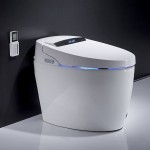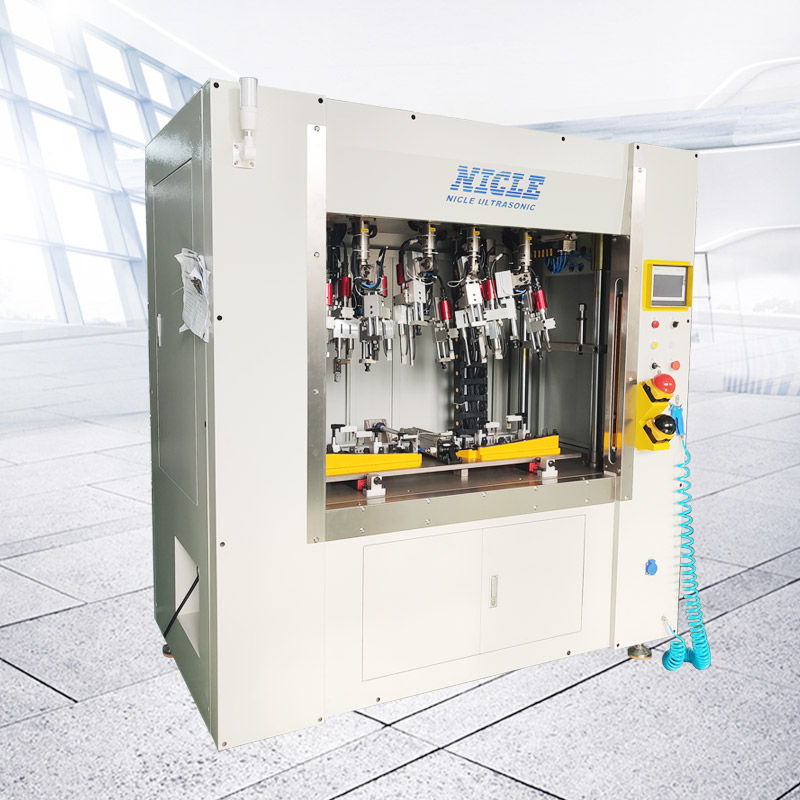High-frequency welding, also known as dielectric welding, is a cutting-edge method for joining plastic materials. Unlike traditional welding techniques like hot plate or hot gas welding, which transfer heat from the outside in, high-frequency welding generates heat internally. This unique approach allows for faster welding speeds and superior results, making it a preferred choice for industries ranging from automotive to medical and packaging.
How Does High-Frequency Welding Work?
High-frequency welding relies on the principle of dielectric heating. When polar plastics are exposed to a high-frequency electric field, their molecular dipoles attempt to align with the rapidly alternating field. This movement creates friction between molecules, generating heat from within the material. The heat melts the plastic at the joint, and with applied pressure, the materials fuse together seamlessly.
Key Advantages of High-Frequency Welding:
- Speed: Welds are completed in seconds, significantly faster than traditional methods.
- Precision: Internal heating minimizes surface damage, ensuring clean, high-quality welds.
- Strength: The resulting bonds are durable and reliable.
- Automation-Friendly: Easily integrated into automated production lines.
- Versatility: Ideal for welding films, thin sheets, and complex shapes.
Applications of High-Frequency Welding
High-frequency welding is most commonly used for PVC plastics, but its applications extend far beyond. Here are some key industries and products that benefit from this technology:
- Medical: Intravenous drip bags, blood bags, catheterization bags.
- Automotive: Seat cushions, car mats, sun visors, door panel armrests.
- Packaging: Blister packaging, vacuum sealing.
- Consumer Goods: Watch straps, belts, bags, tents, stationery, and sporting goods.
How High-Frequency Welding is Performed
High-frequency welding involves two primary methods:
1. Friction-Based Welding:
The welding machine generates heat through friction by applying pressure and creating a reciprocating motion between the two workpieces. Once the plastic reaches its melting point, the motion stops, and the materials cool under pressure to form a strong bond.
2. High-Frequency Heat Bonding:
The upper workpiece moves in an orbital pattern, generating heat through friction. When the plastic melts, the motion ceases, and the materials fuse together. This method minimizes deformation and ensures precise, high-quality welds.
Why High-Frequency Welding is Gaining Popularity
High-frequency welding is not just fast and efficient—it’s also environmentally friendly. Unlike other welding methods, it doesn’t require adhesives or produce harmful emissions. Additionally, its ability to handle complex shapes and thin materials makes it ideal for modern manufacturing needs.
Recent Advancements:
- New Materials: High-frequency welding is being adapted for newer, non-traditional plastics.
- Smart Applications: Used in innovative fields like smart clothing and wearable technology.
- Quality Control: Real-time monitoring ensures consistent weld quality.
- Complex Designs: Advanced tooling allows for welding three-dimensional and intricate structures.
Challenges and Future Directions
While high-frequency welding offers numerous benefits, there are still areas for improvement. As the plastics industry evolves, there’s a growing demand for greener, more sustainable materials and processes. Researchers are exploring ways to expand the technology’s compatibility with new plastics and enhance its efficiency further.
Conclusion
High-frequency welding is revolutionizing the way we join plastics. Its speed, precision, and versatility make it an invaluable tool for industries ranging from automotive to medical and packaging. As technology continues to advance, high-frequency welding is poised to play an even greater role in meeting the demands of modern manufacturing.
Whether you’re producing car interiors, medical devices, or consumer goods, high-frequency welding offers a cleaner, faster, and more efficient solution for your plastic joining needs. Ultrasonic welding is also a good choice for joining plastics.






Comments